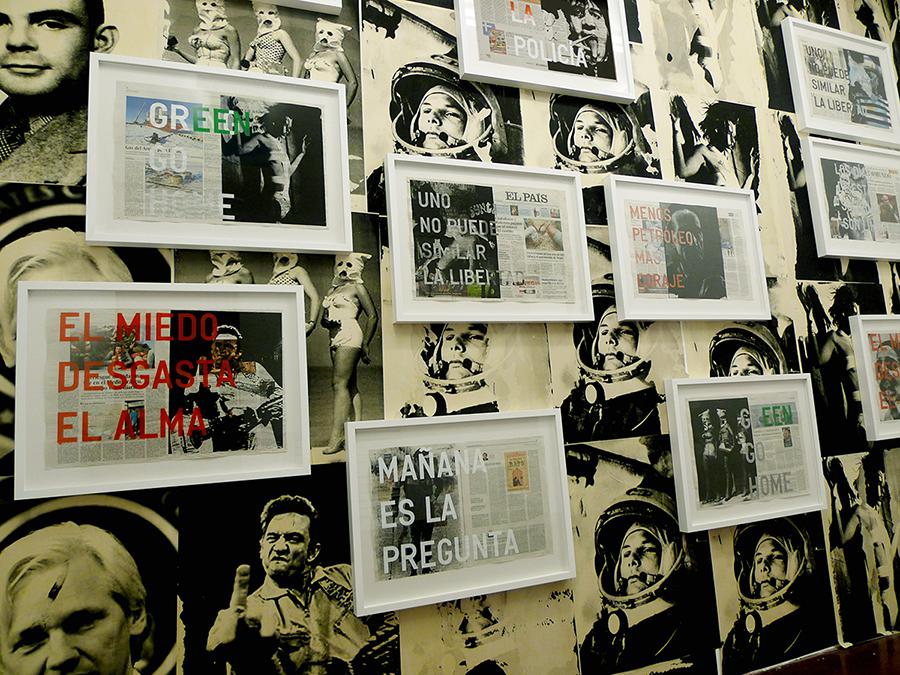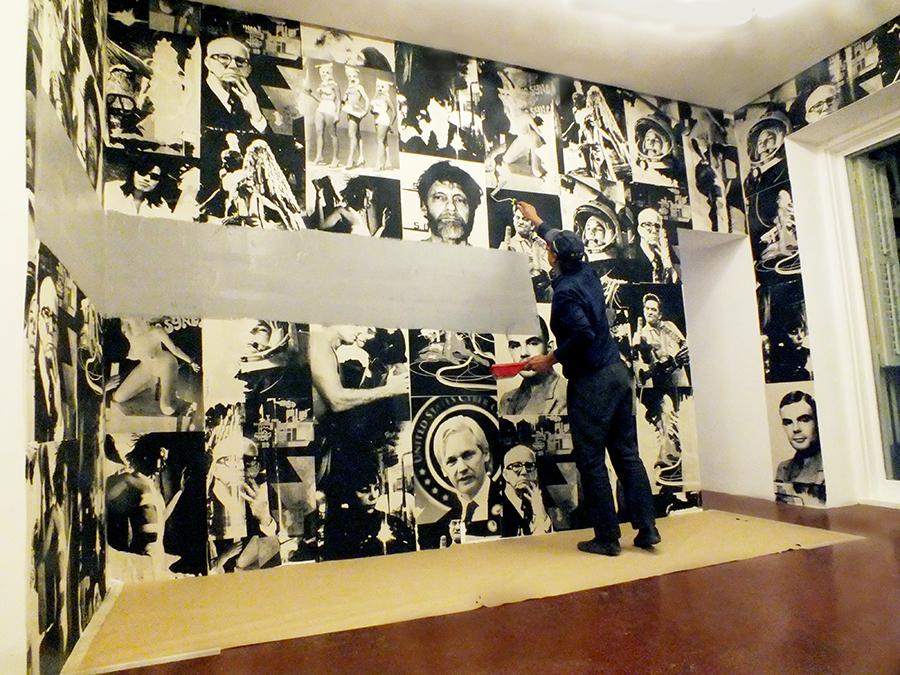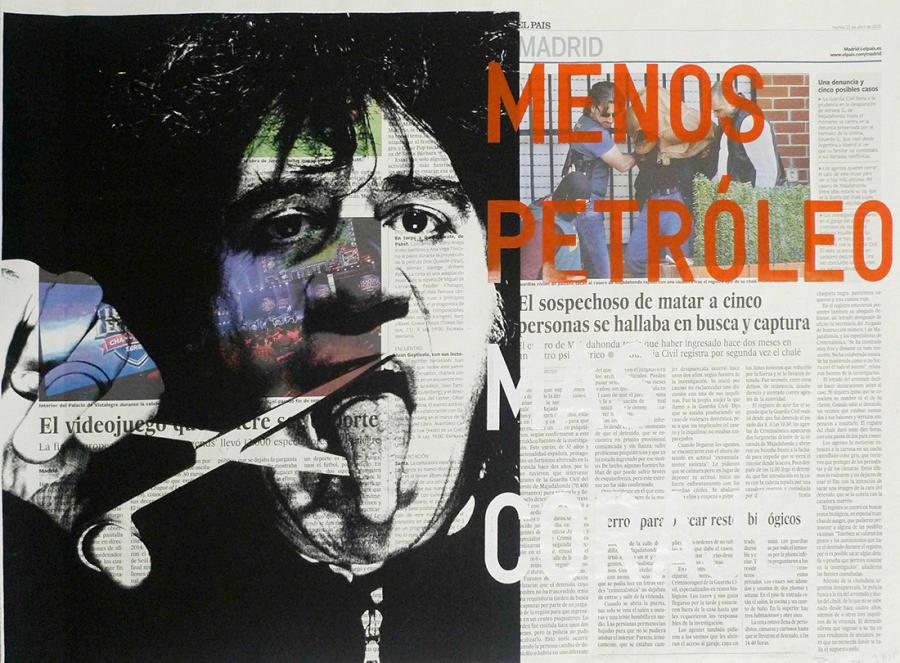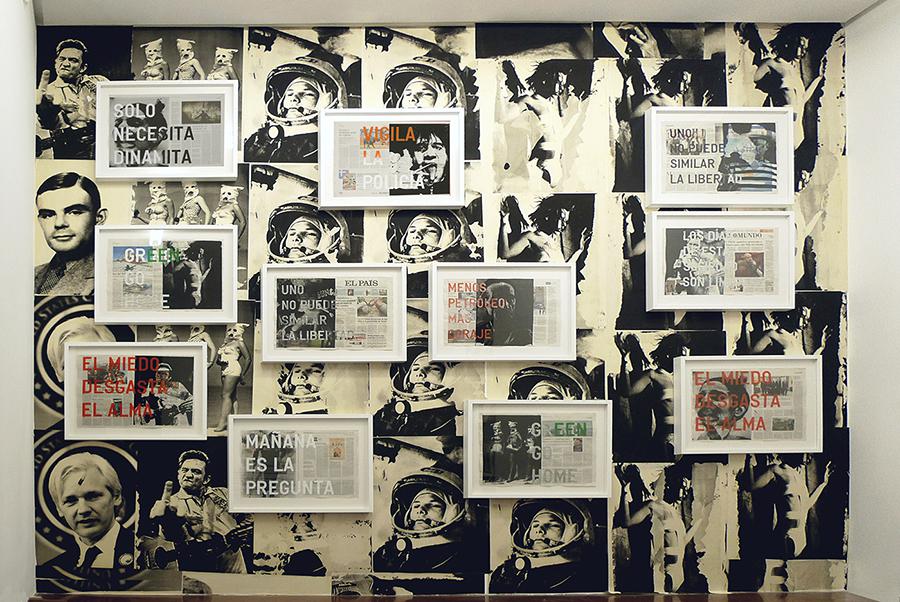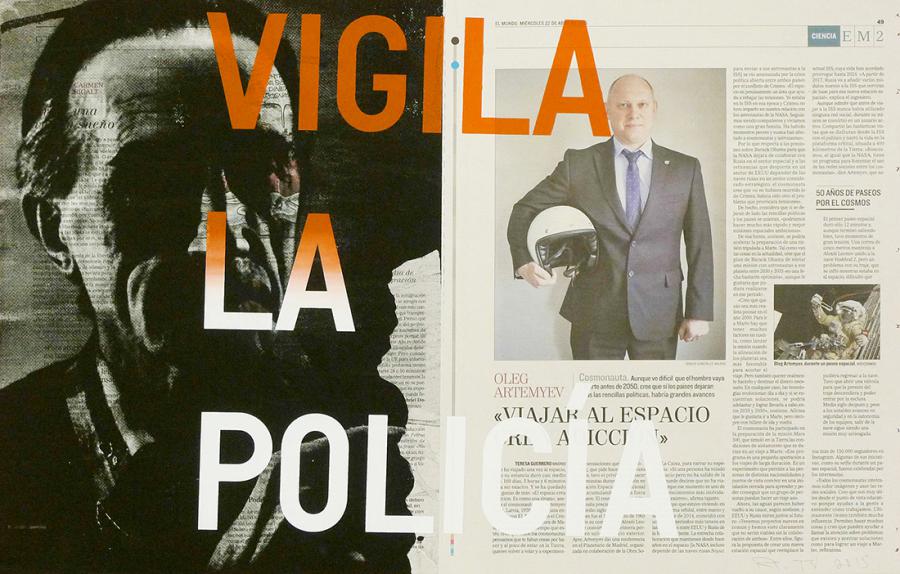Green Go Home
September 10 / November 7 2015The story of “Green Go Home” is part myth and part folklore, partially a misunderstanding, and, to some degree, an invention of the imagination.
The term gringo -commonly used in Latin America to describe a Western foreigner- has been assumed by many to have etymologically originated with the phrase “Green go home!”
One story holds that during the Mexican-American War, American troops uniform frequently included green coats. Hence “Green go home!” Detractors of the green coat theory have pointed out that U.S. troops wore blue during the Mexican Invasion.
There are, however, alternative explanations. One earlier instance of the use of gringo can be dated to a 1786 Castilian dictionary by Terreros y Pando in which the term was used to describe foreigners whose particular accents prevented them from pronouncing Castilian properly. Moreover, in Madrid especially, the word was used to describe a person of Irish descent.
In 1846, Roman Catholic Americans and immigrants from Ireland and Germany were sent by the U.S. government to participate in the Mexican-American War. The resentment over their treatment by their superiors, and a realization that they were fighting for a Protestant nation, led many to switch sides. The song that they frequently sang, “Green Grow the Rushes, O,” serves as another potential origin to the term gringo.
In Brazil, gringo is also thought to have been derived from the English words green and go, but rather than originating from military interaction, this term came about from foreigners’ exploitation of nature.
For their project at Untitled, Rirkrit Tiravanija and Tomas Vu will cover the walls with altered images of the North American press, over which Tiravanija will make a graffiti and display the works made with the Spanish and American press and as the starting point by the two of them.
The provocation inherent in “Green Go Home,” is positioned against the subtle underlying subtext of U.S. interventions, and colonialist attitudes, towards its neighbors in Latin American from Mexico southwards: an antagonism that has cost many lives and much strife. In the imagery itself, the presence of each character—from films to music to personalities of resistance—reveals itself to the viewer as addressing the condition of the graffiti text. The grid holds up the statement and reinforces the layers of interpretation, readings, and misunderstandings. “Green Go Home” is meant to be a wall of resisters, and of resistance.
Tomas Vu (Saigon), professor at Columbia University since 1996, and founder and artistic director of the LeRoy Neiman Center for Print Studies. He has overseen collaboration and publication of projects with artists such as Kiki Smith, Sarah Sze, William Kentridge, Jasper Johns, Kara Walker as well as his own work exhibiting in galleries of Paris, Bogota, New York, Beijing…His most important series include the Opium Dreams where Vu shows us a modern day vision of Bosch’s “Garden of Earthly Delights” 2006 – 2012 Flatland, a serie of 103 pieces rooted in the 2001 attack on the World Trade Center.
Rirkrit Tiravanija (1961,Buenos Aires) is widely recognized as one of the most influential artists of his generation. His practice defies media-based description combining traditional object making, public and private performances, teaching, and other forms of public service and social action. He has had shows at the MOMA, NY, in 1996, the LACMA in Los Angeles in 1999, the Musee d’art Moderne de La Ville de Paris (2005), the Reina Sofia in Spain in 1994, or the Guggenheim in NYC.
He has also participated at the Sao Paolo Biennale, Whitney Biennial, and Venice biennale in several ocassions.
He is a teacher at Columbia Univeristy and a founder and curator of Utopia Station, a collective project of artists, historians and currators. He is president of the educational and ecological project The Land Foundation.
> DOSSIER (PDF)

